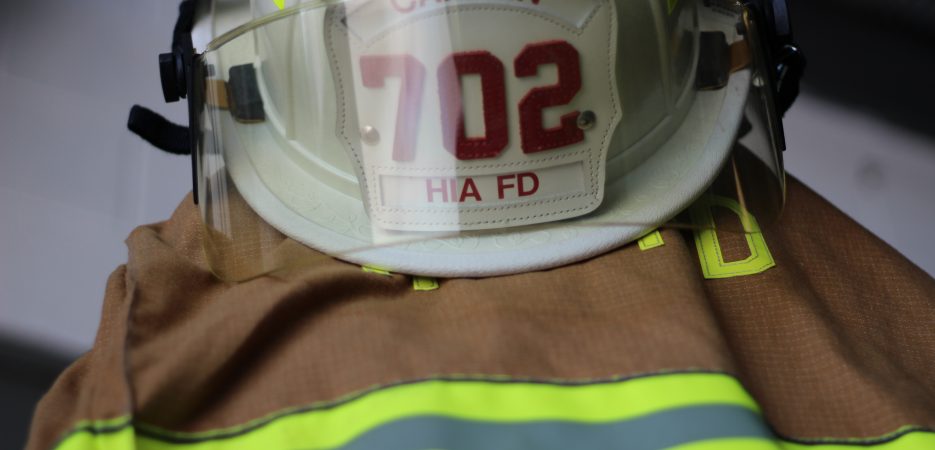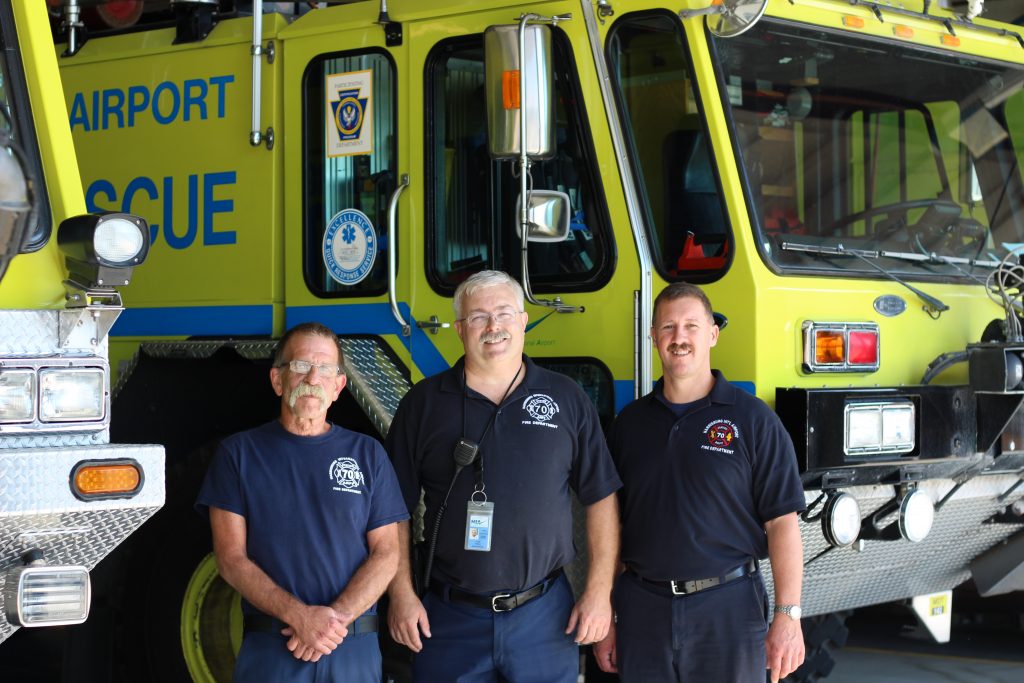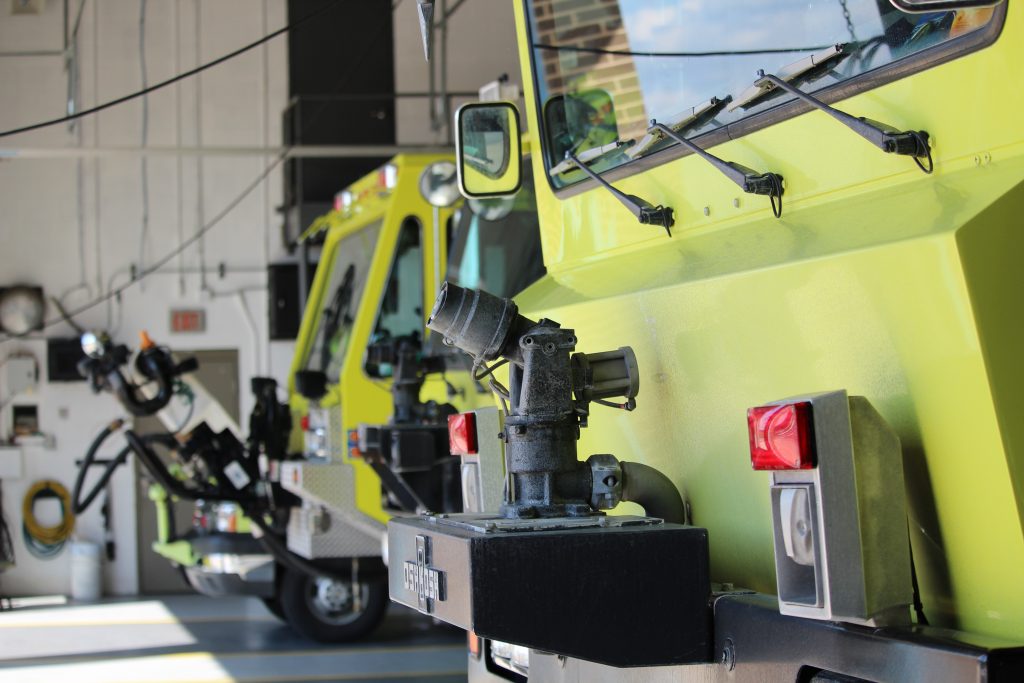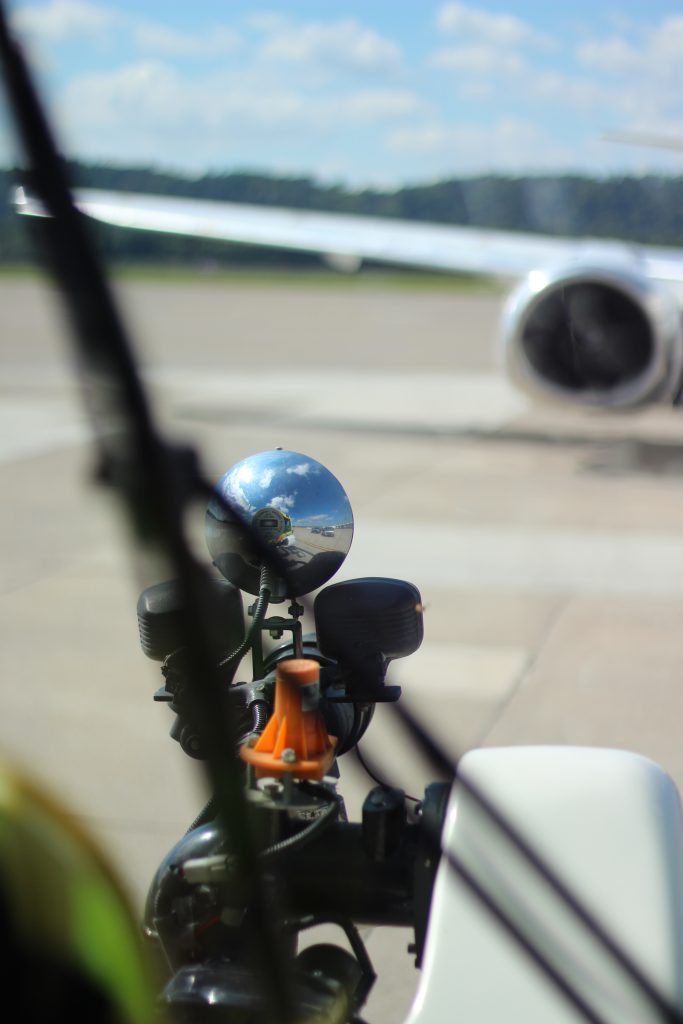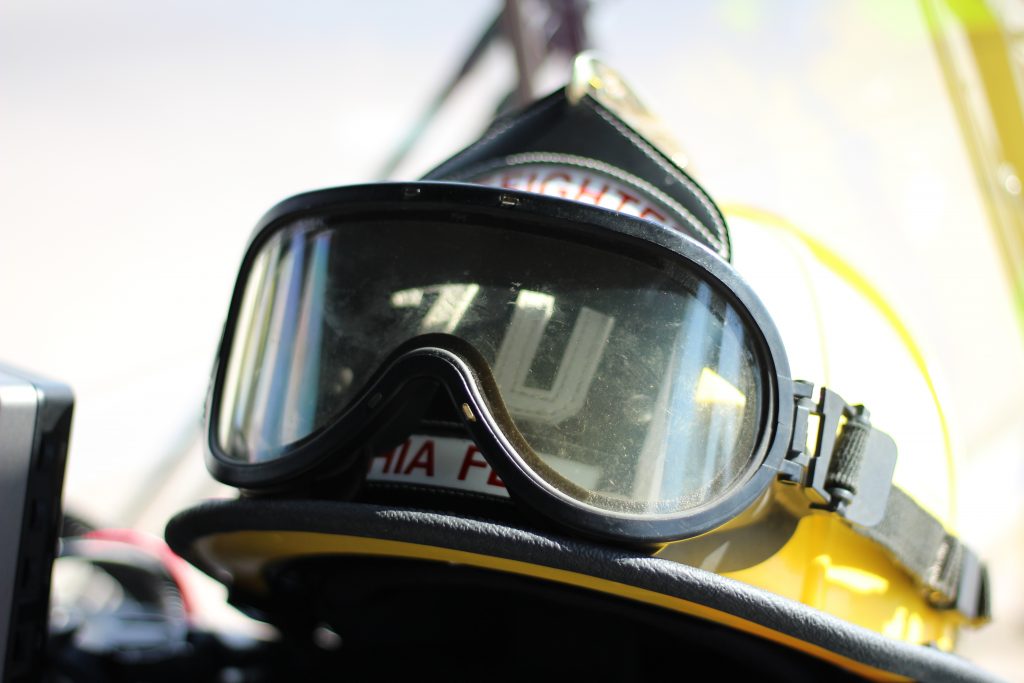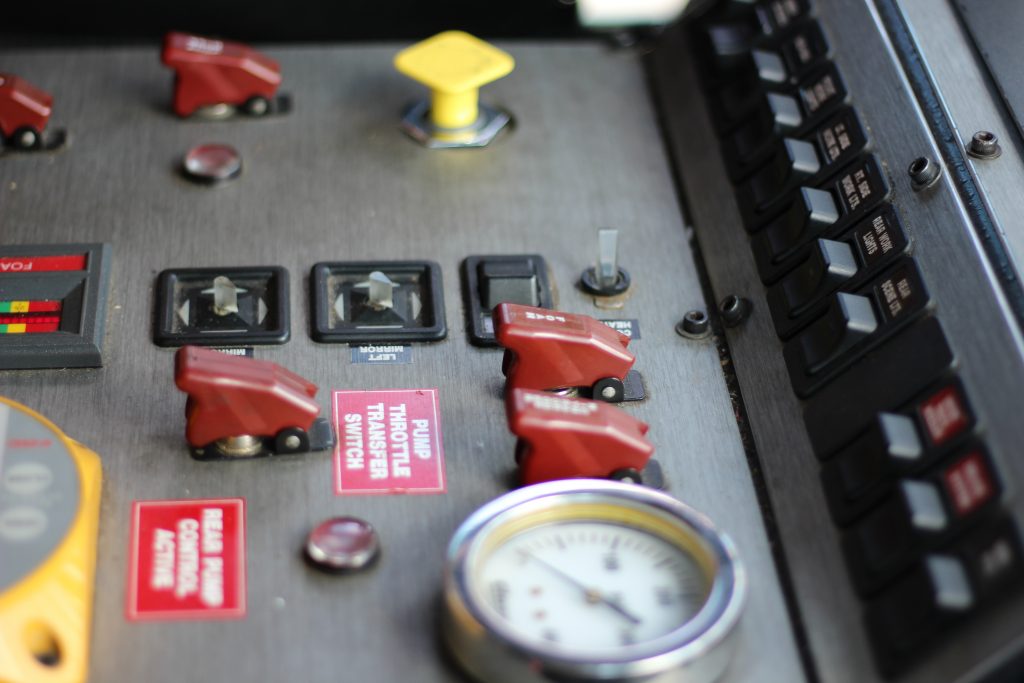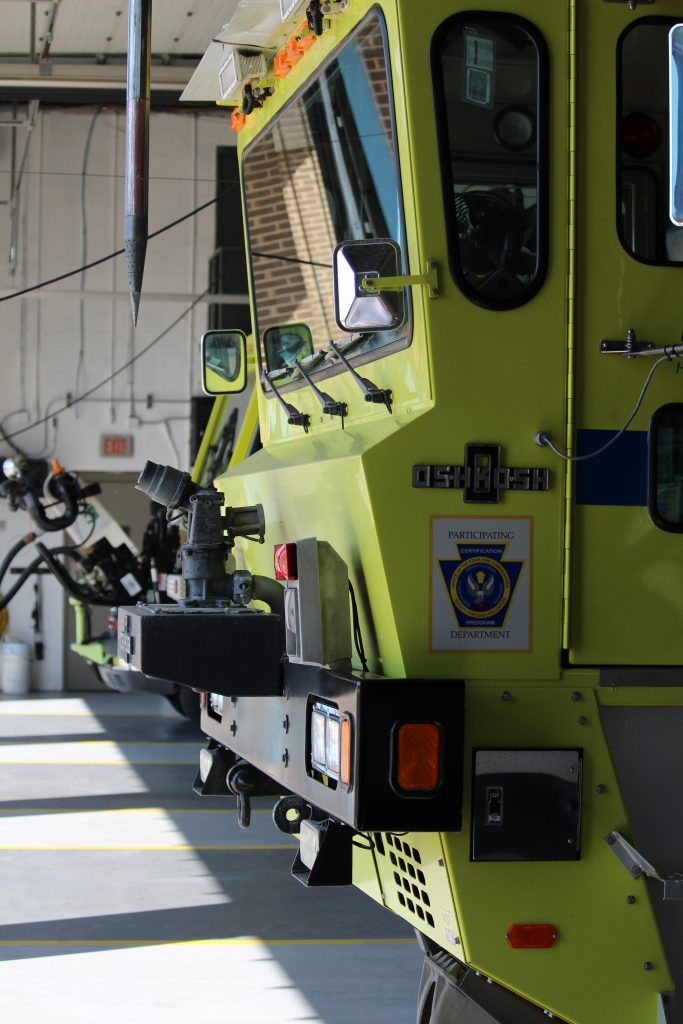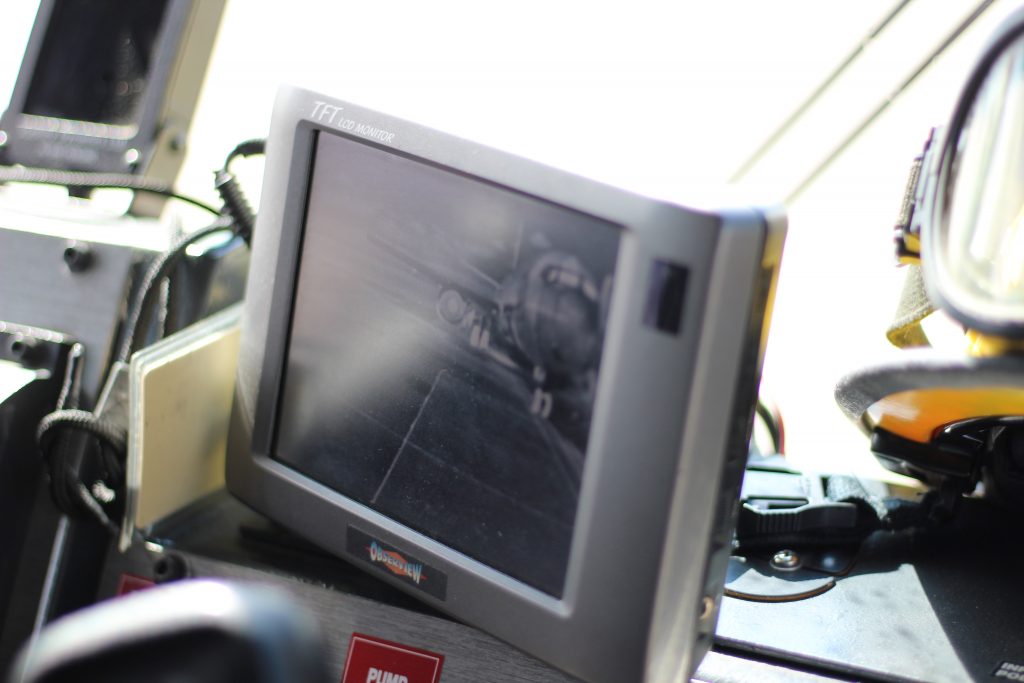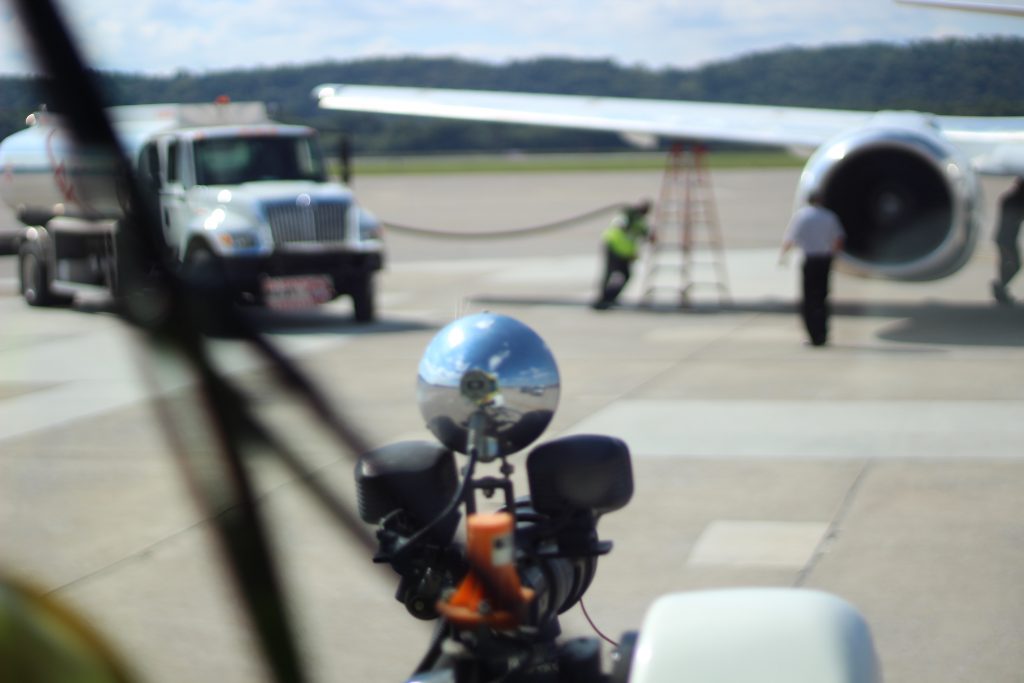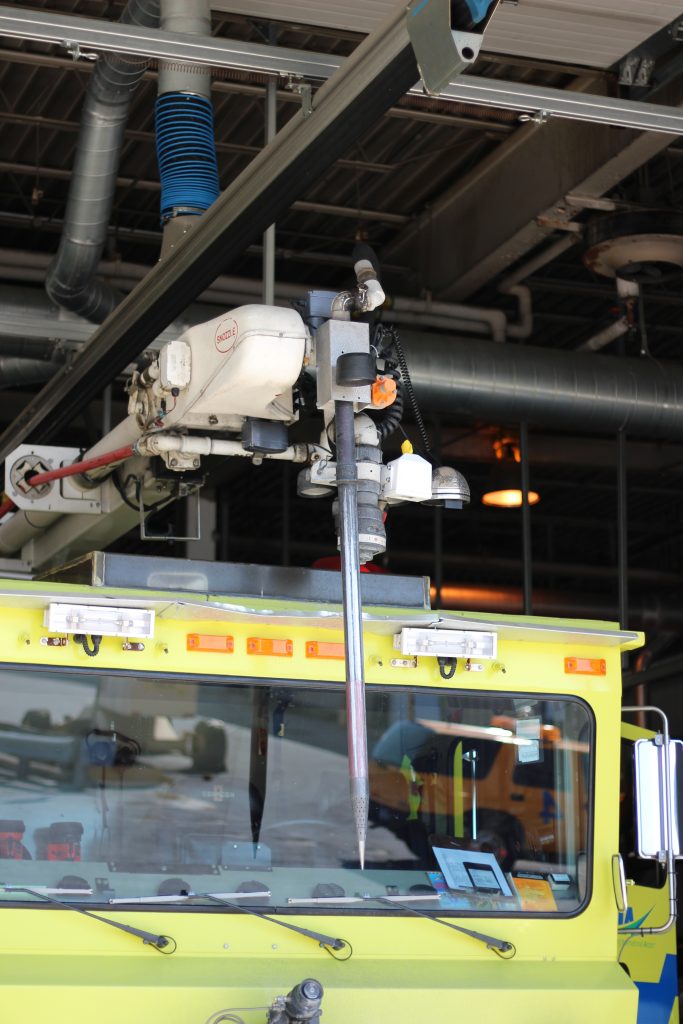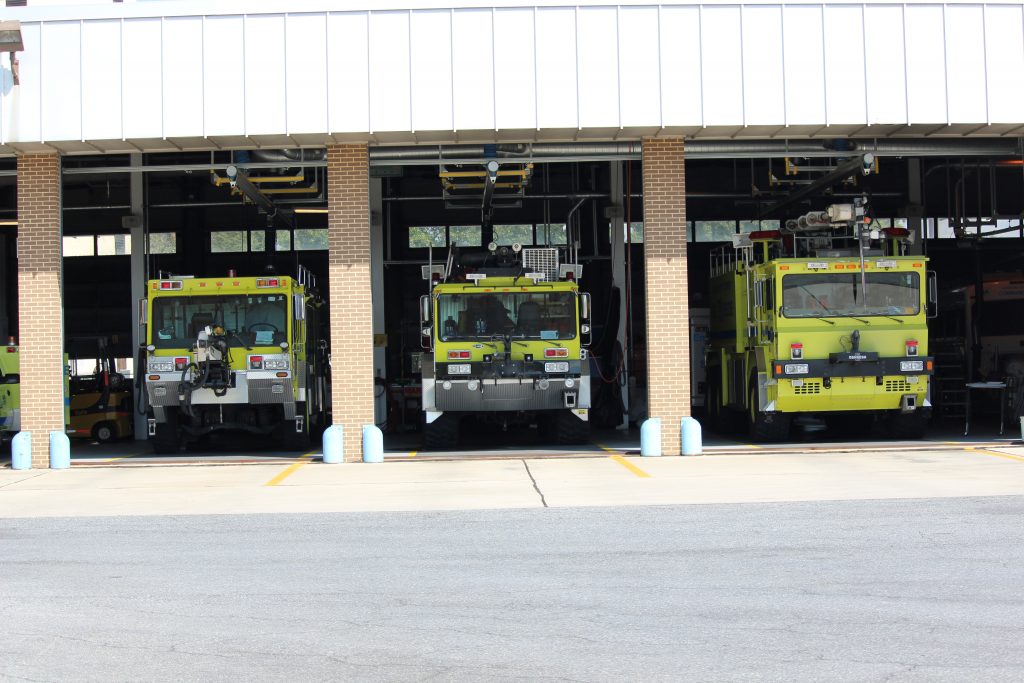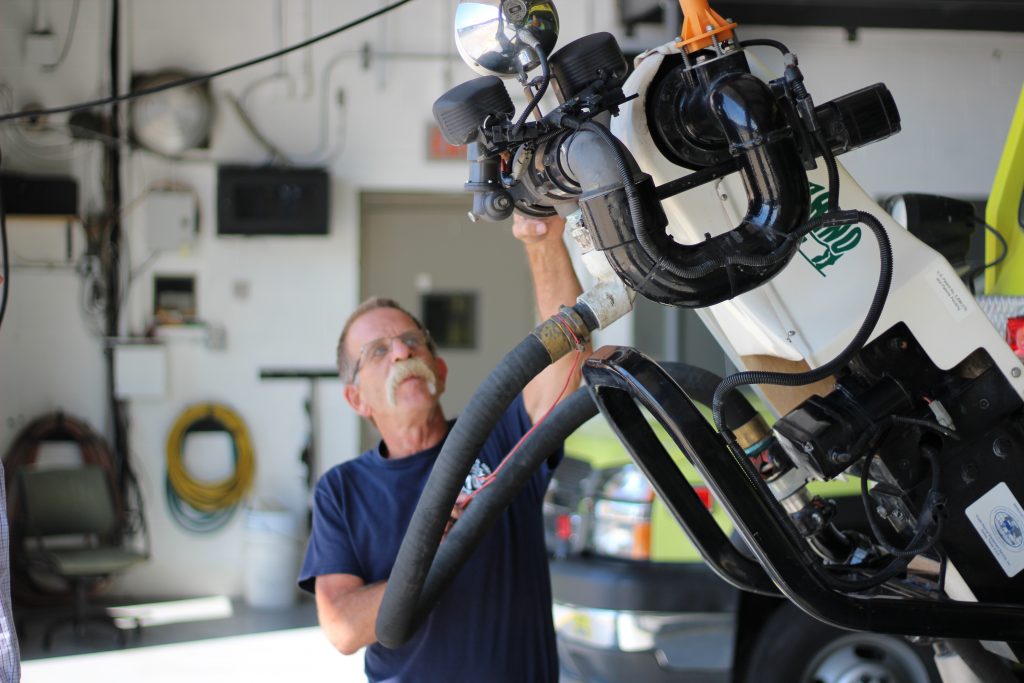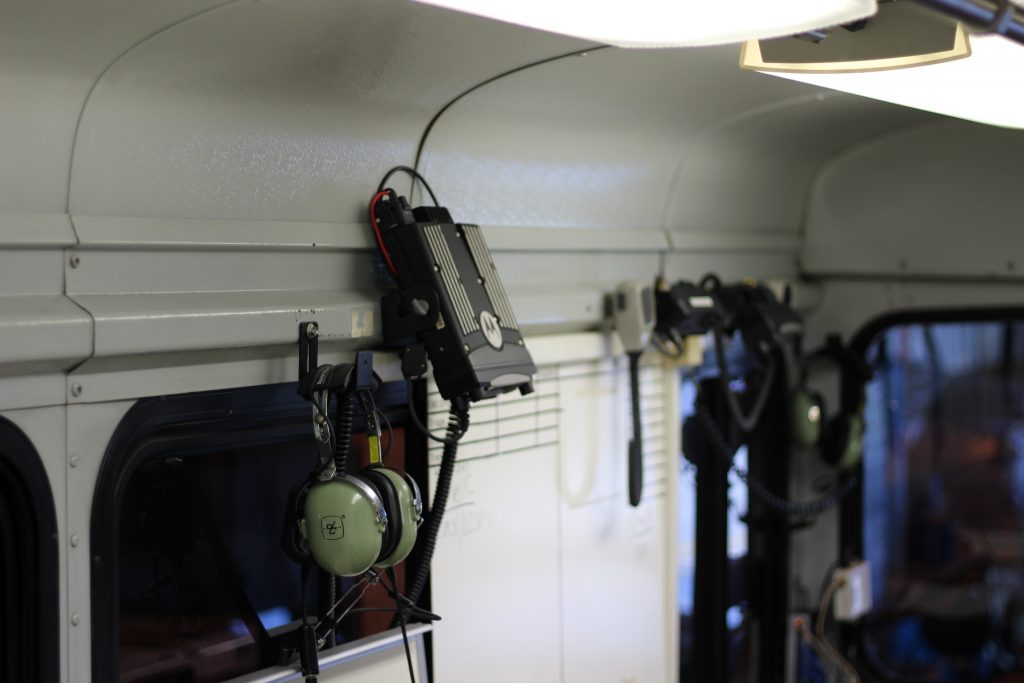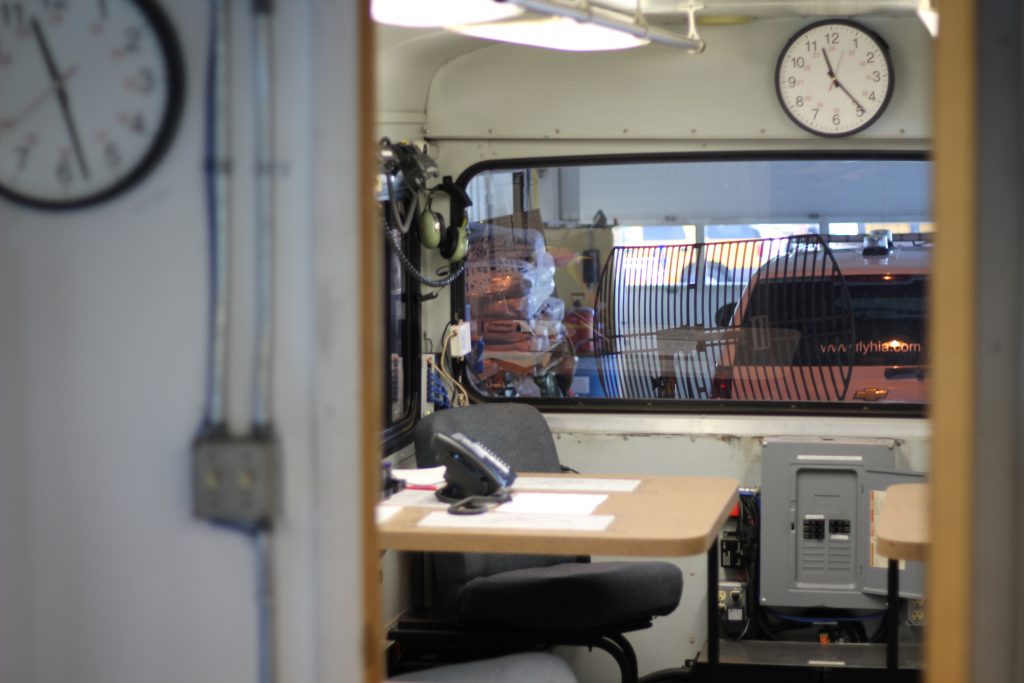The Secret Life of an Airport Firefighter
Warren “Chop” Humphrey has been working as a firefighter for the airport for over 20 years, both with the Air National Guard, and the Airport since 2001; however, putting out fires is the least of what he does. How often do you actually hear about fires at the airport? Not very often, because they are very few and far between. The duties of a Harrisburg International Airport Firefighter go far beyond firefighting and most importantly involve being ready for any incident should it arise.
How prepared can you be you may ask? Chop and the other firefighters led by Fire Chief Frank Wirth, complete equipment inspections every day of the week. Multiple inspections occur each day and are performed by different firefighters who work 24 hour shifts, and 72 hours in between. Most shifts include three firefighters, sometimes two.
So after making sure all the equipment is in proper working condition on 12 major pieces of firefighting equipment, what exactly are the duties of a Harrisburg International Airport Firefighter?
EMS (Emergency Medical Services) calls are the number one call that firefighters at the airport handle. When a flight makes an unscheduled landing due to a medical emergency, or a medical emergency occurs on a regular inbound or outbound flight, the firefighters are there in an instant to assist however needed.
Additionally, airport firefighters provide airport security after midnight, perform the first runway checks of the day, handle airport operations on weekends and holidays, monitor refueling, and handle bird strike reports and investigations. Bird strike reports are an interesting task that many people don’t hear about. If a bird strikes a plane while in flight to Harrisburg, the airport firefighters must investigate to ensure the safety of the plane. If the strike leaves blood on the plane, a swab of the blood must be done and sent to the Smithsonian. This is done for tracking purposes so that the Smithsonian can see if there are any patterns forming in any specific locations.
So what happens when the fire department actually gets a call? When a call comes in, better known as an in-flight alert, the firefighters are in position when a plane lands. An in-flight alert level 2 is when a pilot/crew has received information indicating their inbound aircraft has major electrical or mechanical problems and units should be on standby at the runway. Harrisburg International Airport may see 30 of these yearly. This does not indicate a crash or a fire, but enough of a problem that it could occur, which is where the preparedness comes in.
Should an incident occur, everything can be done from the inside of one of the trucks. Each of the three main ARFF trucks carries water, foam, and an auxiliary extinguishing agent. Engine 701 is the largest of the three with 3000 gallons of water, 420 gallons of foam, 460 pounds of Halotron extinguishing agent, and a 50 foot elevated waterway called a “Snozzle” with a piercing nozzle on the end to penetrate the skin of the aircraft. The piercing nozzle allows the firefighter to flow extinguishing agent into the aircraft without leaving the seat of the vehicle. Engines 702 and 703 carry 1500 gallons of water, 200 gallons of foam, and 450 pounds of dry chemical extinguishing agent on each vehicle. Additionally, each crash truck is equipped with thermal imaging cameras and individualized equipment that can be aimed and controlled from inside the truck. Water, foam, or dry chemical agent is dispensed within seconds in order to extinguish any fire as quickly as possible.
Chop says for an airport firefighter to be effective, everything needs to be engaged and ready to go. “You need to keep your head, and not crash the truck, rollovers are an ongoing issue across the country with these vehicles.” The airport fire company has 12 major pieces of equipment ranging from ARFF vehicles and quick response vehicles to boats and a command post bus. Should a major emergency arise, the command post bus would be deployed. Inside there are four stations, one for fire, one for EMS, one for police, and one for airport operations. The bus is equipped with maps and supplies, as well as phones, radios, and everything needed to provide communications onsite in case of an emergency.
The secret life of an airport firefighter, perhaps not what many think it to be, but still one of the most important jobs at the airport.

